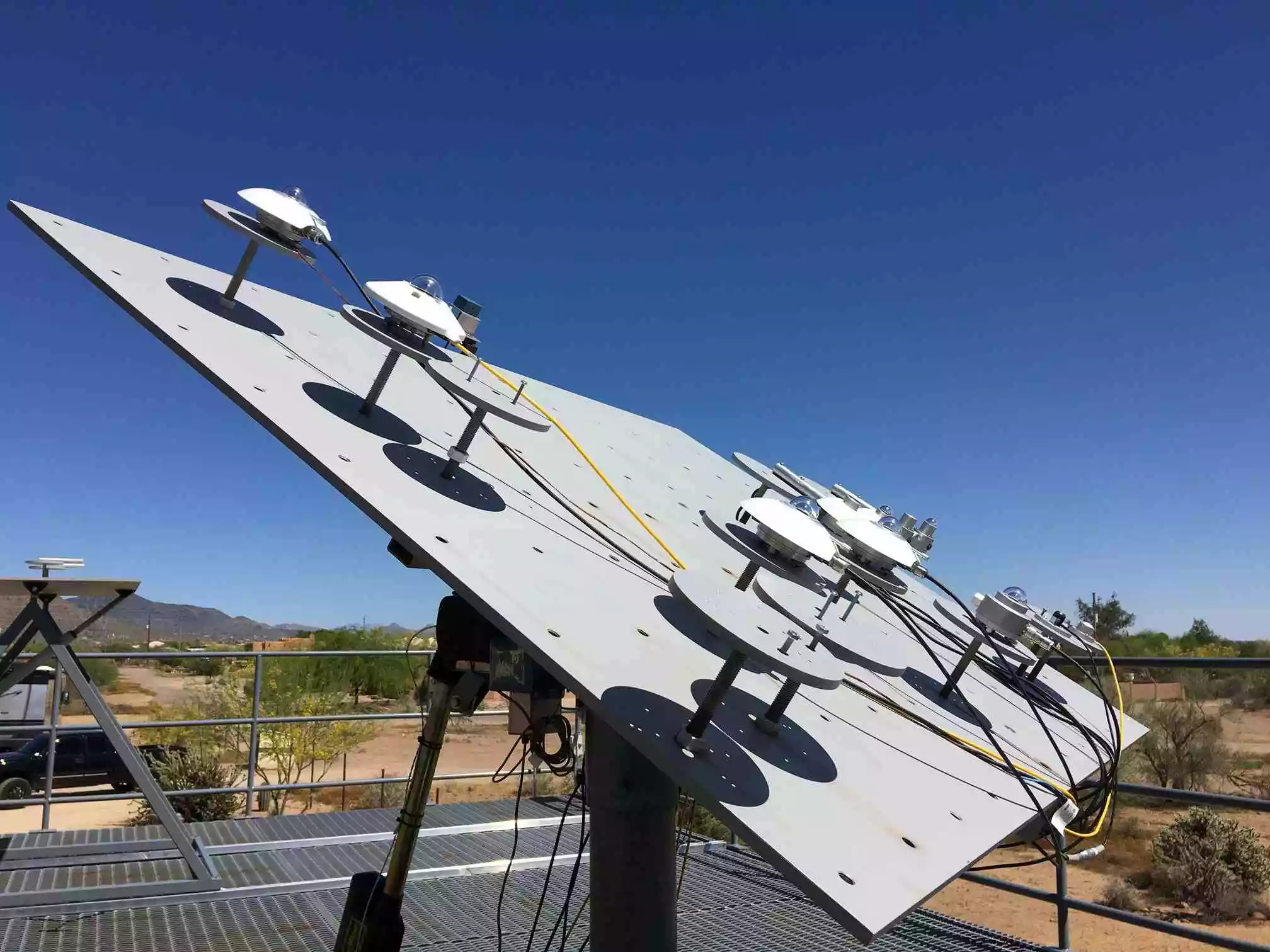
Solar Calibration 101 for Facility Managers
Solar Calibration 101 for Facility Managers
As a facility manager responsible for overseeing commercial solar installations, understanding solar calibration basics is crucial for ensuring your solar power systems operate at peak performance. Proper calibration of solar sensors directly influences energy efficiency, system reliability, and cost-effectiveness.
What is Solar Calibration?
Solar calibration involves adjusting solar measurement instruments—such as pyranometers, pyrheliometers, and PAR sensors—to ensure their accuracy and reliability. These sensors measure solar radiation levels, helping facility managers evaluate solar system performance, energy generation, and overall efficiency.
Types of Solar Sensors
- Pyranometers measure global solar irradiance.
- Pyrheliometers measure direct solar irradiance.
- PAR Sensors measure photosynthetically active radiation, important for agricultural and plant-based installations.
Importance of Calibration for Facility Managers
Facility managers rely on accurate solar sensor data for:
- Verifying system performance and energy generation
- Scheduling preventive maintenance efficiently
- Meeting regulatory compliance and sustainability goals
- Budget forecasting and cost control
Best Practices for Solar Calibration
1. Establish Regular Calibration Schedules
Regular calibration, typically recommended annually or biannually, ensures ongoing accuracy and operational reliability. Frequent calibration is especially important in challenging environmental conditions or high-precision commercial applications.
2. Use Accredited Calibration Laboratories
Always choose an ISO/IEC 17025 accredited calibration provider, such as ISO-CAL North America. Accredited labs provide calibration traceable to international standards, ensuring consistency and reliability of your sensor data.
3. Document Calibration Activities
Maintain thorough documentation of calibration activities, including calibration certificates, dates, results, and any corrective actions. Accurate records simplify compliance checks, troubleshooting, and audits.
4. Recognize Signs of Sensor Issues
Watch for indicators that your sensors require calibration:
- Unexplained fluctuations in energy output
- Discrepancies between expected and actual performance
- Physical sensor damage or environmental exposure
5. Incorporate Both Indoor and Outdoor Calibration
Utilize indoor calibration for precision control and outdoor calibration for real-world accuracy checks. Combining both ensures comprehensive and reliable sensor performance.
Common Solar Calibration Mistakes to Avoid
- Delaying Calibration: Ignoring recommended calibration intervals can lead to data inaccuracies and decreased system efficiency.
- Unaccredited Providers: Using non-accredited calibration services risks questionable accuracy and reliability.
- Poor Record-Keeping: Failing to document calibration details hampers effective management and compliance.
Leveraging Calibration for Optimal Facility Management
Accurate solar calibration data allows facility managers to:
- Improve system maintenance and preventive care
- Enhance system lifespan and reduce downtime
- Achieve reliable forecasting and energy management
Conclusion
Effective solar calibration is integral to maintaining efficient and reliable solar power systems. By adhering to best practices, partnering with accredited laboratories, and maintaining diligent records, facility managers can ensure optimal performance, compliance, and cost-efficiency of their solar installations.
For professional calibration services or further guidance, contact ISO-CAL North America.



